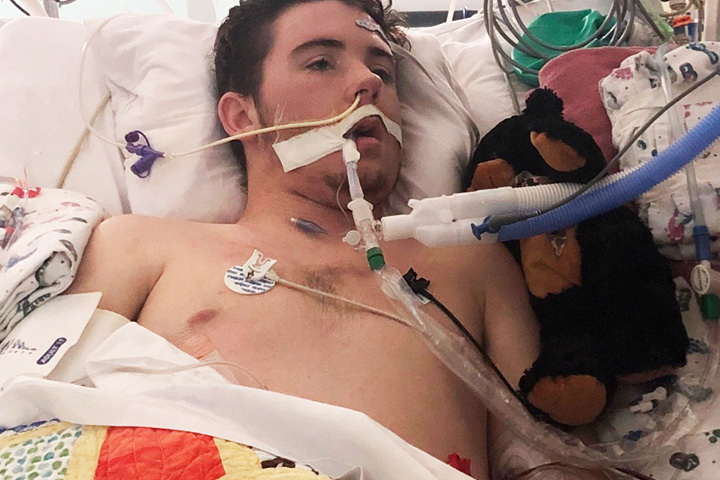For many teachers and parents, the news that broke last week was tragic but unsurprising. Long touted by teens as harmless and eyed by adults with deep concern, e-cigarettes are now being identified as the probable culprit behind nearly 150 hospitalizations and the first vaping-related US death. According to a joint statement by the CDC and the FDA last Friday, health officials are investigating 215 cases of severe lung disease associated with vaping.
Even before the recently breaking stories—and the harrowing photographs of intubated teens making their rounds on social media—health experts were concerned. In 2018, vaping represented the biggest upsurge in substance abuse among young people in the past 44 years, according to a study out of the University of Michigan. More than 37 percent of high school seniors admit to using use e-cigarettes; the devices—often designed to look like USB drives or pens—are ubiquitous.
Educators know this better than anyone. Many bathroom breaks have become suspiciously long. The trademark sweetness of flavors like gummy bear and cotton candy lingers in locker rooms and restrooms and buses. Districts scramble to educate parents as the school year begins. Vapes are illegal for kids under 18, and they’re almost always banned at schools, even for those who can legally procure them.
But in the face of health risks and disciplinary action, many teenagers still vape. Why? Despite it being dangerous and illegal, vaping is also pleasurable and addictive.
Nagging, threatening, and guilt-tripping are notoriously unsuccessful, just as they are with scores of other temptations. Even horror stories of hospitalized young people bounce maddeningly off the psyches of immortality-deluded adolescents. They often lack the character to say “no” to what is enjoyable but harmful or illegal. And yet this is exactly what a lifetime of strong character will ask of them.
In fact, the bar is even higher. Even when a thing is permissible, there will be times when it is appropriate—an adult drinking wine at dinner—and others when it is not—an adult drinking wine at a PTO meeting. People of character will be required to say “no” to themselves over and over again—to their desire to sleep in, or eat three desserts, or zone out on their cell phone—for the sake of higher goals like holding down a job, staying healthy, and maintaining family relationships.
Resisting the allure of vaping is bootcamp for a life of moral decision-making.
In the introduction to The Content of Their Character, James Davison Hunter and Ryan S. Olson write that
in its formal sense, character is comprised of moral discipline, moral attachment, and moral autonomy: the capacities of an individual to inhibit his or her personal appetites or interests on behalf of a greater good, to affirm and live by the ideals of a greater good, and to freely make ethical decisions for or against those goods.
In other words, character requires that we inhibit our appetites on behalf of a greater good and also affirm a greater good by saying “yes” to something better.
Herein lies the key to character: There is a bigger picture in view than just forgoing forbidden fruit. The “no” to more sleep is a “yes” to gainful employment, financial independence, generosity, and productiveness. The “no” to spending all night on one’s phone is a “yes” to intimacy, service, and engagement.
When we ask teenagers to abstain from vaping, what greater good do we hold out? What more compelling vision do we present?
In The Death of Character, James Davison Hunter writes, “Implicit in the word ‘character’ is a story. It is a story about living for a purpose that is greater than the self.”
There is no simple solution to addiction, and the siren song of vaping is loud. But as we talk with young people about choices, we can be agents of change if we help them yearn for a story grander than their own immediate pleasure. “No” becomes easier when the corresponding “yes” is in view. With their eyes set on bigger ambitions than personal indulgence, teens’ choices can become clearer and wiser—and perhaps the vaping epidemic will begin to recede.

